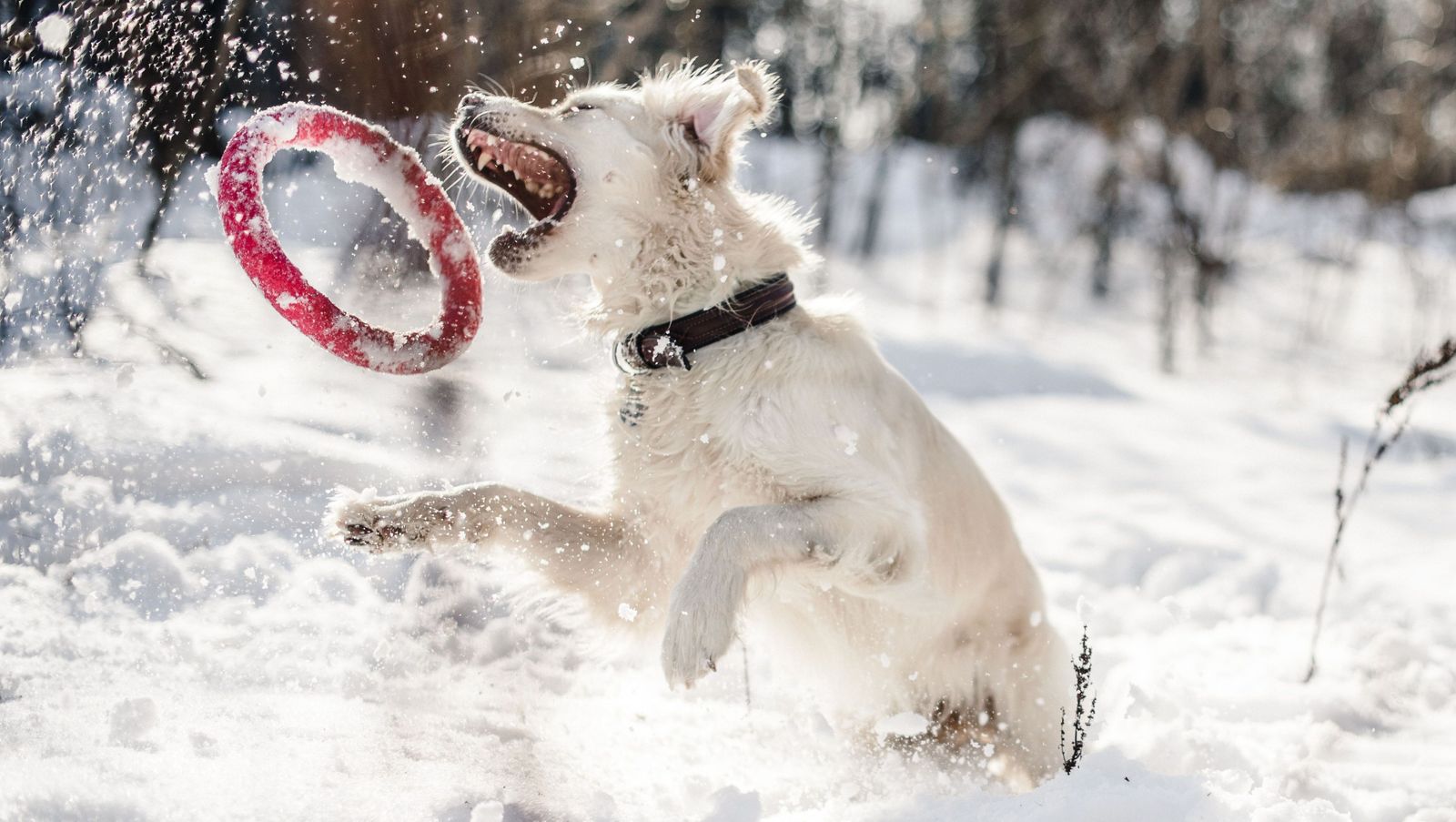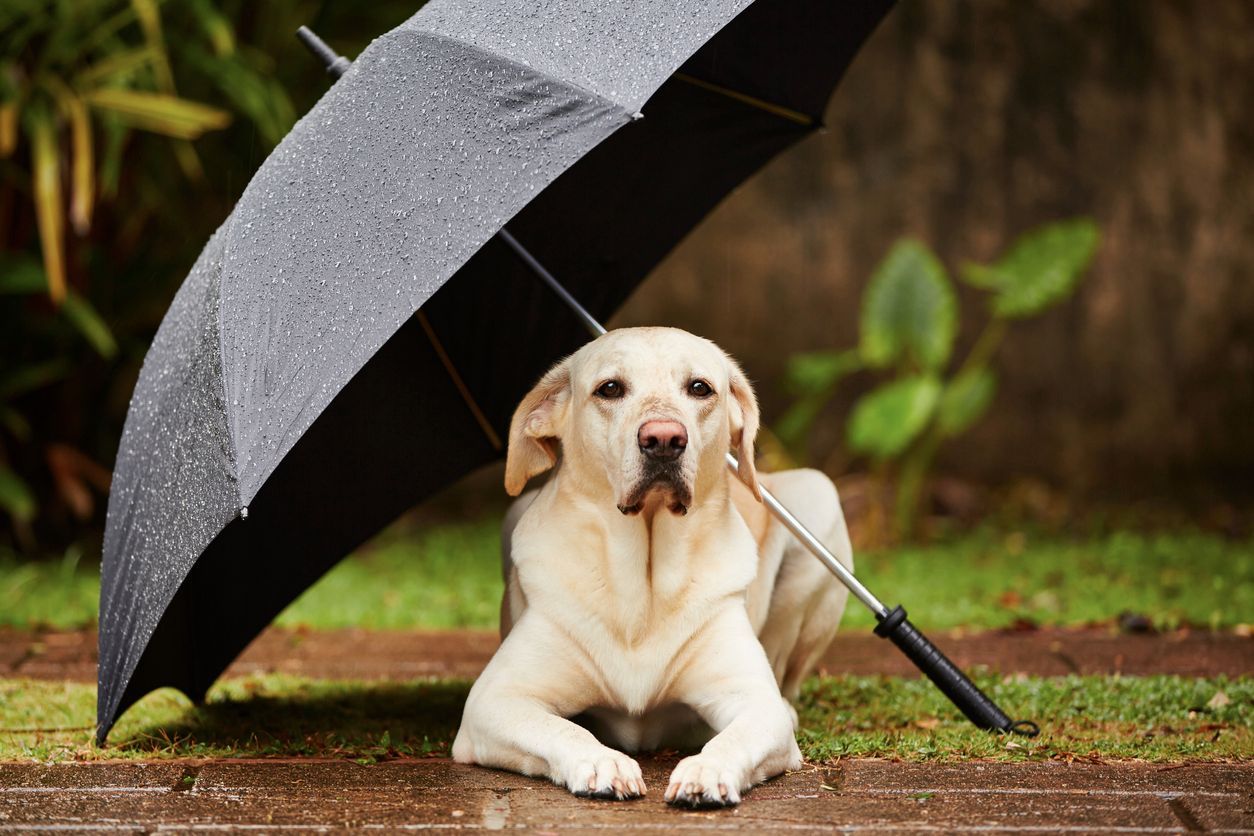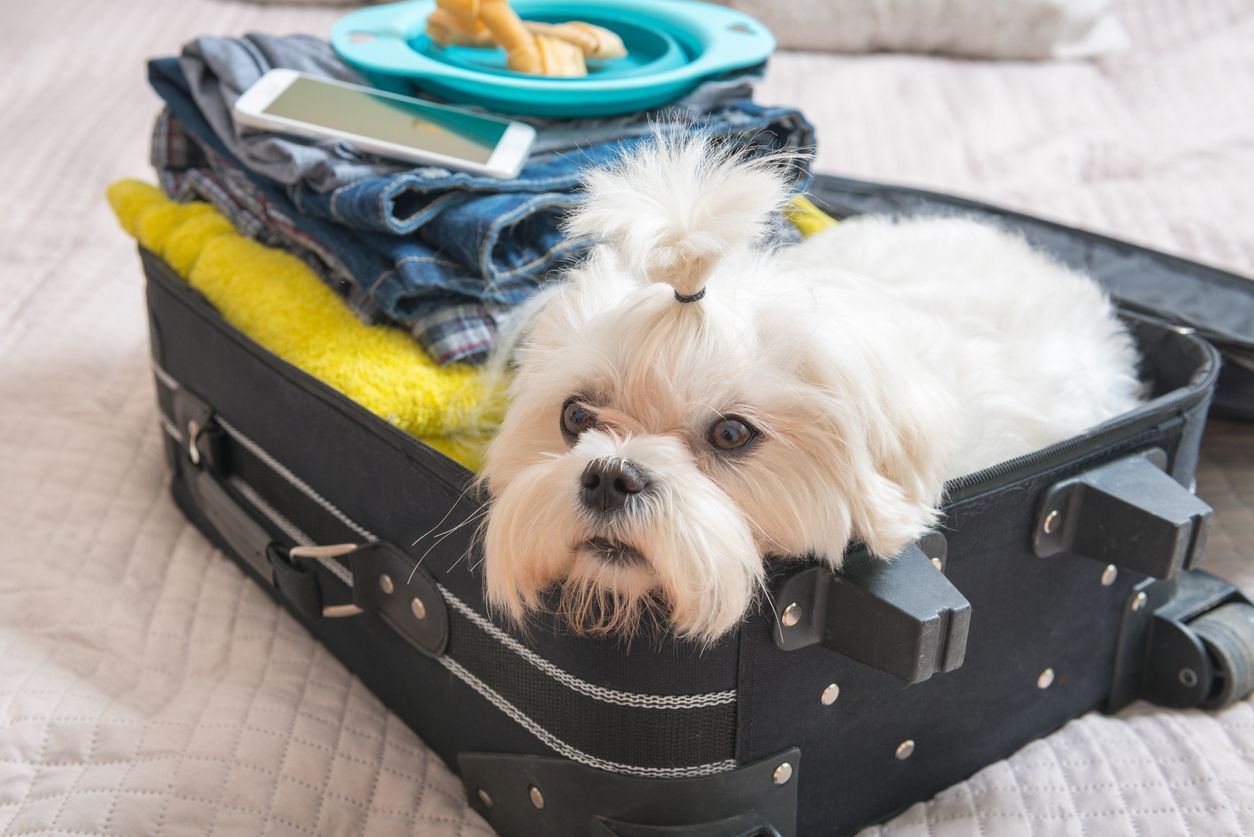Cold weather considerations for pets

The mercury is dropping outside. And while many of us are busy preparing our families and our homes for winter’s arrival, we shouldn’t forget to prepare our pets as well. While it’s tempting to think that pets are inherently equipped for weather extremes (particularly those with fur), it’s important to remember that, as with humans, cold weather can be dangerous and even life-threatening for animals, too. Let’s take a look at some cold weather concerns for pets and some best practices for keeping them safe and healthy all winter long.
How cold is too cold for pets?
A common question for many pet parents is, "how cold is too cold?" There are no hard and fast rules for answering this question and, to be honest, the answer will vary depending on your pet. A guinea pig might be exceptionally cold in 40℉ (4℃) weather and need a little help to keep warm. However, a Siberian Husky who's bred for cold weather may be more tolerant of cold temperatures and feel completely comfortable in even colder temperatures.
Beyond coats and fur, cold tolerances are also dependent on fat stores, activity levels, and your pet’s overall health. A good rule of thumb for gauging your pet's comfort level is, "if it's too cold for you, it's probably too cold for your pet.”
Signs to look out for during cold months
Remember that wet fur and frosty temperatures can be a deadly combination. Like humans, bitterly cold temperatures can quickly lead to hypothermia and frostbite in pets, too.
Signs of hypothermia include:
- Pale skin
- Shivering
- Lethargy
If you see any of these signs in your pets, contact your vet or book a Vetster appointment immediately.
Tips for keeping your pet warm and safe
You may not be able to do anything about the weather, but these simple guidelines will help keep your pet warm and healthy during the bitterly cold months.
Outdoor Pets
For outdoor pets, these small steps can make a big difference to your pet's health and safety. To keep your pets warm outside, consider the following:
- Keep their shelters out of the rain and snow.
- Keep them inside when the weather is particularly harsh.
- Place blankets or tarps over their shelters to keep them warm.
- Keep consistent tabs on their water bowls or bottles, wrap them to prevent them from freezing, or invest in heated water bowls.
- If you are in an area that gets snow or below freezing temperatures, bring them indoors for the entire winter.
Indoor Pets
Just because your pet lives indoors, don't assume that's enough when the temperatures begin to drop outside. They may still need some extra warmth during the cold winter months. To keep indoor pets, including dogs, cats, gerbils, reptiles, and hamsters warm and toasty, consider the following:
- Move crates and enclosures away from windows and doors that may be drafty
- Add cozy bedding or pet-safe heat pads* to their crates, enclosures, or lounging spots.
- Invest in a coat and boots for your dog to keep outside walks comfier.
- Protect your dog’s paws with paw balm or booties before walks and, when you return from a walk, be sure to check for salt that may get stuck in between their pads.
- Keep walks short and a towel handy to wipe down wet fur.
*If you opt for heating pads, make sure there’s enough space for your pet to move away from them so they don’t get burnt or overheat. And be sure to turn them off if you’re leaving for an extended period.
Cold weather care for reptiles
Reptiles require a bit of extra care during colder months. Maintaining the perfect environment for your reptiles is crucial for their health and well-being.
Remember that these little guys are cold-blooded, so they rely heavily on external heat sources (or external temperatures) to regulate their body temperatures. In captivity, low temperatures can hamper appetite, digestion and poor immune system function, leading to illness and noticeable changes in energy levels. For some reptiles, temperature changes can even interfere with the shedding process.
If that weren’t plenty, proper heating and lighting are also important for bone development; they help regulate behavior and improve your pet’s overall activity.
The good news is that keeping your reptiles comfortable in cold temperatures is pretty easy. When the temperatures begin to drop, you can simply add a light source with a higher wattage to their environment, which will maintain the proper temperatures they need. If your home tends to feel cold or drafty, you may consider adding additional heat sources to your pet’s terrarium or building more structures for them to hide in. Just make sure they’ve got plenty of space to move around to avoid burning or overheating.
Always have a backup plan
If you live in an area where power outages are common during the winter months, you should have a solid Plan B in place to keep your pets safe and warm until the power is restored. This is especially true for reptiles. Insulating your terrarium is a great tactic. Styrofoam, bubble wrap, and cardboard are all good options in a pinch, as long as they allow good airflow. Battery-powered lamps and reptile heating pads are all great too, but that does require some advanced planning.
If you’re not sure what your pets need this winter, help is just a video call away. The virtual veterinarians at Vetster are available anytime, day or night, to answer your questions.



